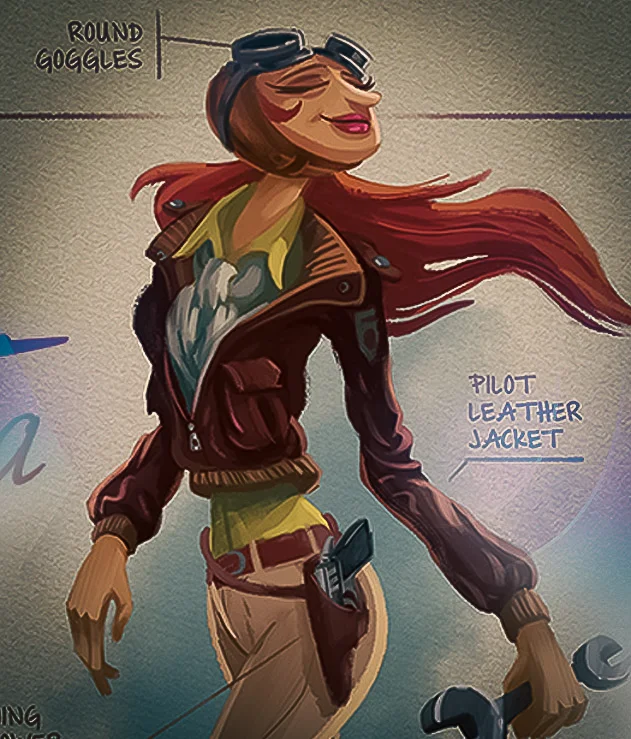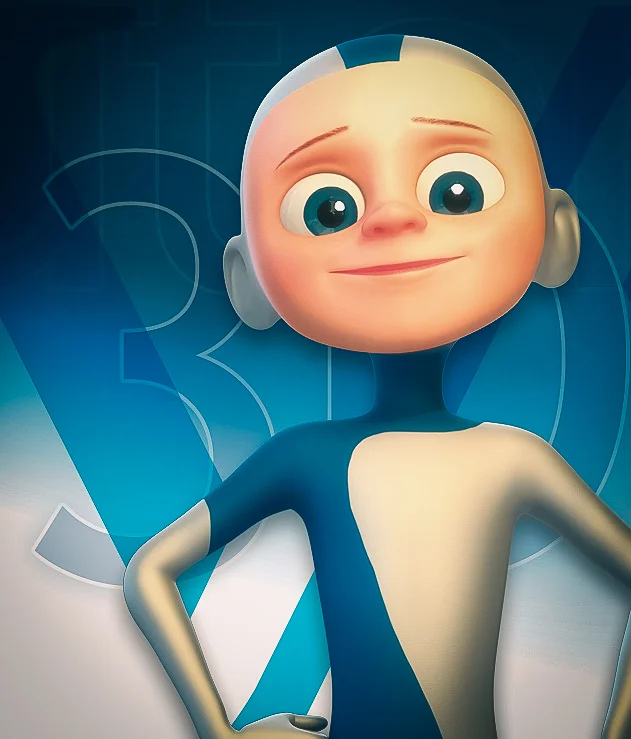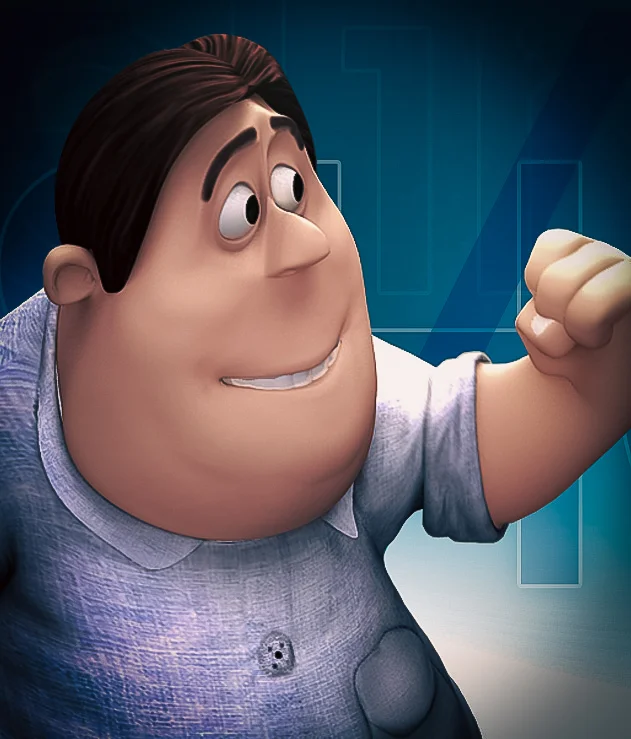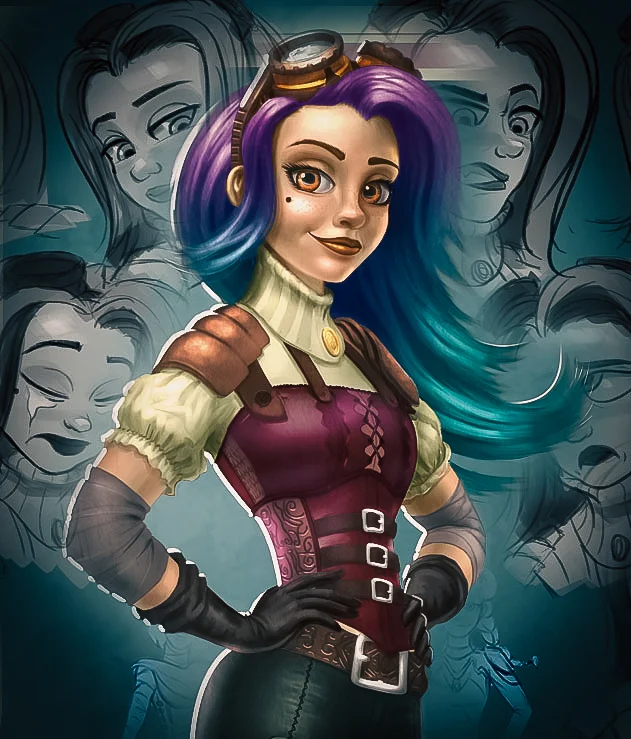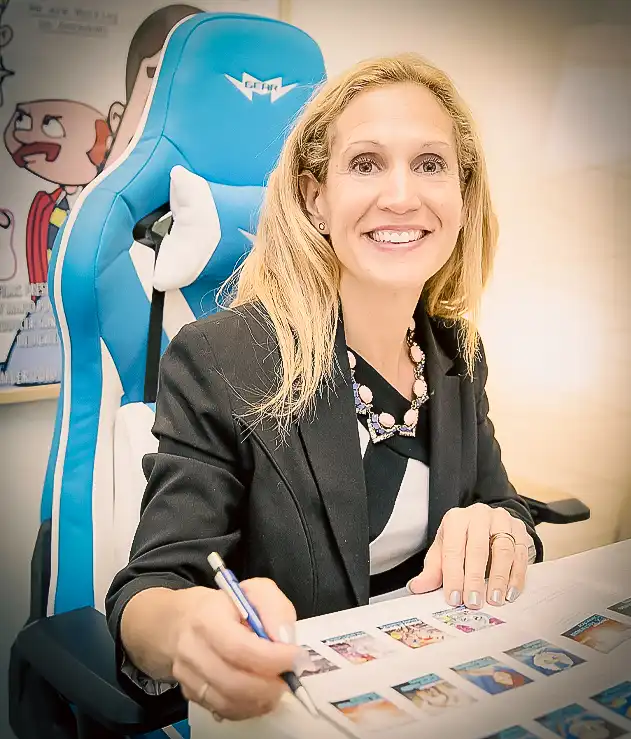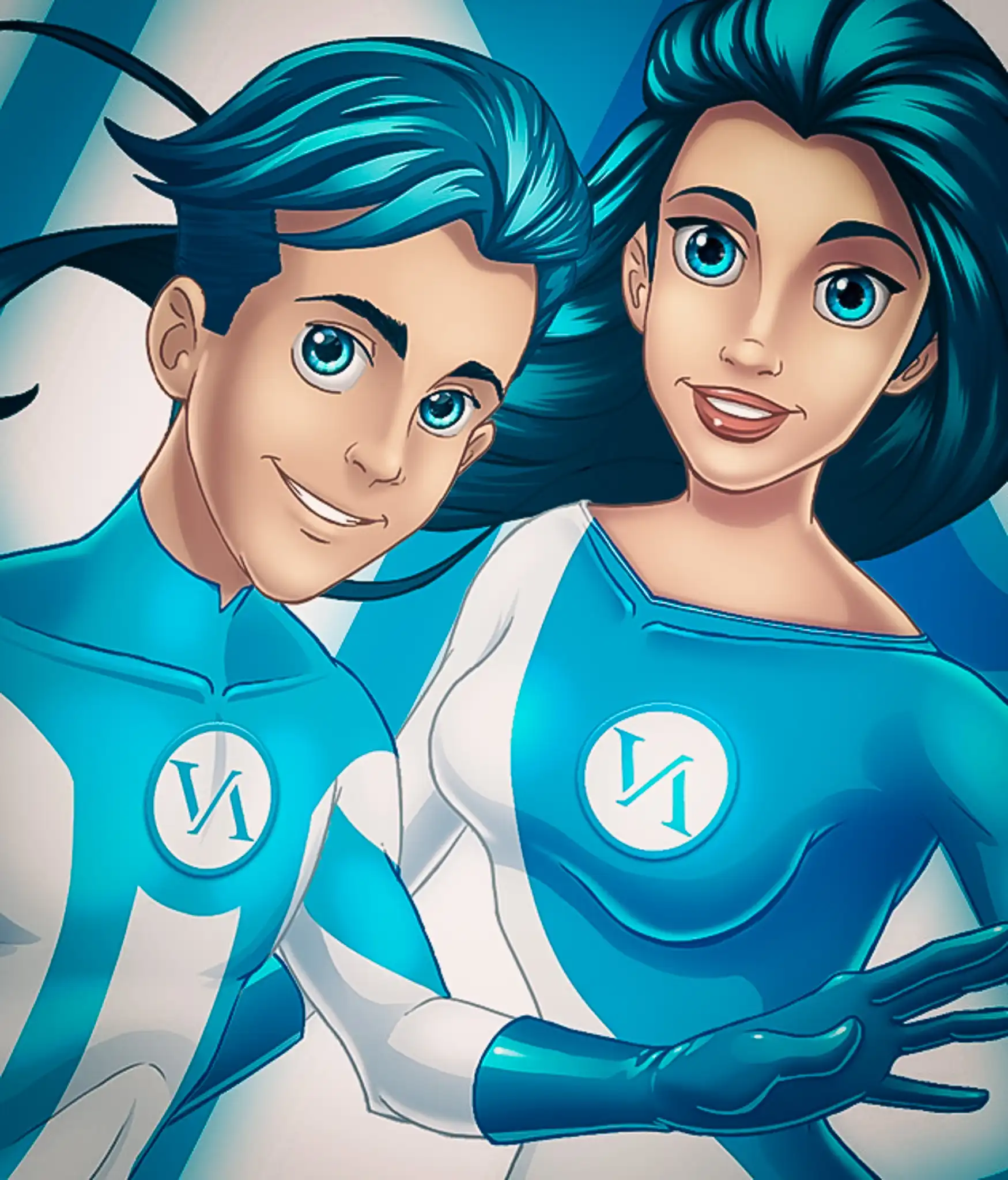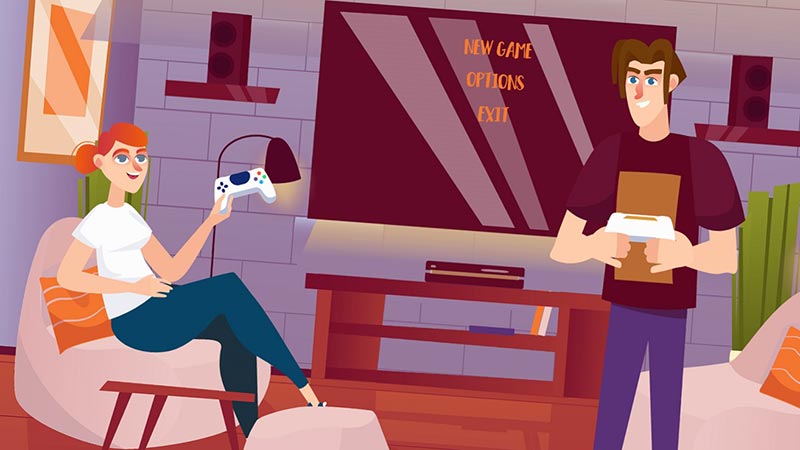 Image: IconsX (Motion Array)
Image: IconsX (Motion Array)
Author: VANAS Team
Famous Video Game Flops
Table of Contents
- What Is a Video Game Flop?
- The Pressure of High Expectations in Game Development
- Famous Video Game Flops That Shocked the Industry
- Animation in Flopped Video Games
- Why Animation Can’t Always Save a Bad Game
- Lessons from the Biggest Video Game Failures
- How Animation Students Can Avoid These Pitfalls
- The Power of Storytelling and Gameplay Balance
- A Look at Redemption Stories in Gaming
- Frequently Asked Questions
What Is a Video Game Flop?
A video game flop is a game that fails to meet expectations. This failure might be financial, critical, or both. Some flops lose millions of dollars. Others damage the reputation of the studios or developers behind them.
What makes a flop especially surprising is that many of these games had big budgets, tons of marketing, or were part of famous franchises. And yet, they still didn’t connect with players.
Even the best animation can't fix a game that isn’t fun, broken, or missing the basics of good design. That's why it’s important to understand why some video games fail—so future artists, developers, and animators can learn what not to do.
The Pressure of High Expectations in Game Development
Making a video game is expensive and time-consuming. Companies can spend years and millions of dollars developing a single title. Because of this, they put a lot of pressure on the final product to succeed.
Studios often build hype with teasers, trailers, and early promises that may or may not reflect the final game. This hype is dangerous. If the final release doesn’t match the excitement, players feel betrayed.
Animation plays a huge part in marketing. Beautiful trailers, cinematic cutscenes, and smooth character movements make a game look amazing. But if the gameplay or story doesn’t deliver, even great animation can’t save it from becoming a flop.
Famous Video Game Flops That Shocked the Industry
Let’s look at some of the most famous video game flops, and how animation played a role in their rise and fall.
1. E.T. the Extra-Terrestrial (1982)
This Atari game is often called the worst video game ever made. Rushed into production in only five weeks to meet a holiday deadline, it was full of glitches and confusing gameplay. The animation was extremely limited due to the technology of the time, but that wasn’t the only problem. The game was boring, unclear, and frustrating to play.
2. Anthem (2019)
Anthem was supposed to be a massive hit for BioWare and EA. The trailers showed stunning animation—characters flying, shooting, and exploring a beautiful world. But the final game had tons of bugs, a weak story, and a repetitive grind. Many players felt the game didn’t match the promise of its animated teasers.
3. Cyberpunk 2077 (2020)
This game had huge expectations. The world was hyped by cinematic animation, celebrity appearances (like Keanu Reeves), and exciting features. At launch, however, the game was broken on many systems, especially older consoles. Even though the animation and world-building were strong, the bugs and poor performance led to disappointment and refunds.
4. No Man’s Sky (2016)
At launch, the game was missing many promised features. The universe felt empty, and the animation of creatures and environments looked rushed and repetitive. However, unlike many other flops, this game eventually bounced back through updates. The team worked hard to improve animation, content, and gameplay—proving that recovery is possible.
5. Babylon’s Fall (2022)
Developed by PlatinumGames and published by Square Enix, this game looked promising at first glance. However, it suffered from clunky controls, uninspired design, and weak animation. It was so unpopular that servers shut down less than a year after launch. Animation wasn’t enough to hold up the game’s lacking core mechanics.
Animation in Flopped Video Games
Animation plays a key role in every video game. It helps bring characters, worlds, and actions to life. Well-crafted animation creates emotion, excitement, and a smooth experience. But animation is only one part of the game development puzzle.
Even when animation is top-notch, a game can still fail if the gameplay is boring or buggy. Players might enjoy how a character moves, but if the controls don’t work well or the story doesn’t make sense, they will stop playing.
Why Animation Can’t Always Save a Bad Game
You can think of animation as the polish on a car. It might look shiny and cool, but if the engine doesn’t run, no one wants to drive it.
In the same way, animation can’t save:
- Poorly written stories
- Bad gameplay mechanics
- Technical bugs and crashes
- Disconnected multiplayer features
- Rushed deadlines that leave content unfinished
One animator on a failed game said, We spent months making the characters move like magic, but no one wanted to play past the first hour.
This quote shows how frustrating it can be for animation teams who do amazing work—only for the rest of the game to fall short.
Lessons from the Biggest Video Game Failures
There are valuable lessons in every flop. Students studying animation should pay close attention to what went wrong.
What We Can Learn:
- Great animation is not enough—it needs to support great gameplay.
- Don’t overpromise in trailers if the final product can’t match.
- Rushing a game often leads to disaster, no matter how good it looks.
- Collaboration between animation, writing, design, and programming is essential.
- Player experience matters more than visuals alone.
How Animation Students Can Avoid These Pitfalls
If you’re dreaming of working in the animation industry for video games, here are some ways to avoid making the same mistakes:
- Learn the basics of gameplay design—not just visuals.
- Work closely with game designers and writers to understand how animation fits into the bigger picture.
- Test your animations with real users and be open to feedback.
- Avoid “over-animating”—keep things smooth, clear, and responsive.
- Never rely on animation alone to make a game successful.
Animation is powerful, but it works best when it enhances strong storytelling and solid gameplay. Being a great animator also means being a team player.
The Power of Storytelling and Gameplay Balance
Many flopped games failed because they leaned too hard on one area—like animation—while ignoring others like story, mechanics, or performance. The best games balance everything.
Think of games like The Legend of Zelda: Breath of the Wild or Hollow Knight. Their animation is beautiful, but it works because the story, controls, and exploration are also excellent.
Students learning animation should study these examples to see how each part supports the other.
A Look at Redemption Stories in Gaming
Not all flops stay flops. Some games turn things around after a bad launch. No Man’s Sky is a perfect example. With time, effort, and feedback, the developers added new animations, missions, multiplayer features, and fixed bugs.
This is good news for future animators. If a project doesn’t go well at first, it can still be saved with teamwork and updates.
As one developer put it, “Animation is part of the comeback story. When we fixed the feel of flying, players finally smiled.”
Frequently Asked Questions
Why do video games flop even with good animation?
- Games flop when other areas like gameplay, story, or performance don’t match the animation quality.
Can great animation cover up a bad story in a game?
- Not for long. Players notice quickly when a game looks nice but lacks depth or fun.
How important is animation compared to programming or design?
- All roles matter. Animation adds polish, but the game must also be fun and functional.
What can students do to avoid working on a flop?
- Learn how animation fits into the whole process. Don’t work in a bubble—stay involved with the rest of the game team.
Have any flopped games been saved later?
- Yes, several. No Man’s Sky and Final Fantasy XIV were updated and became successful after poor launches.

